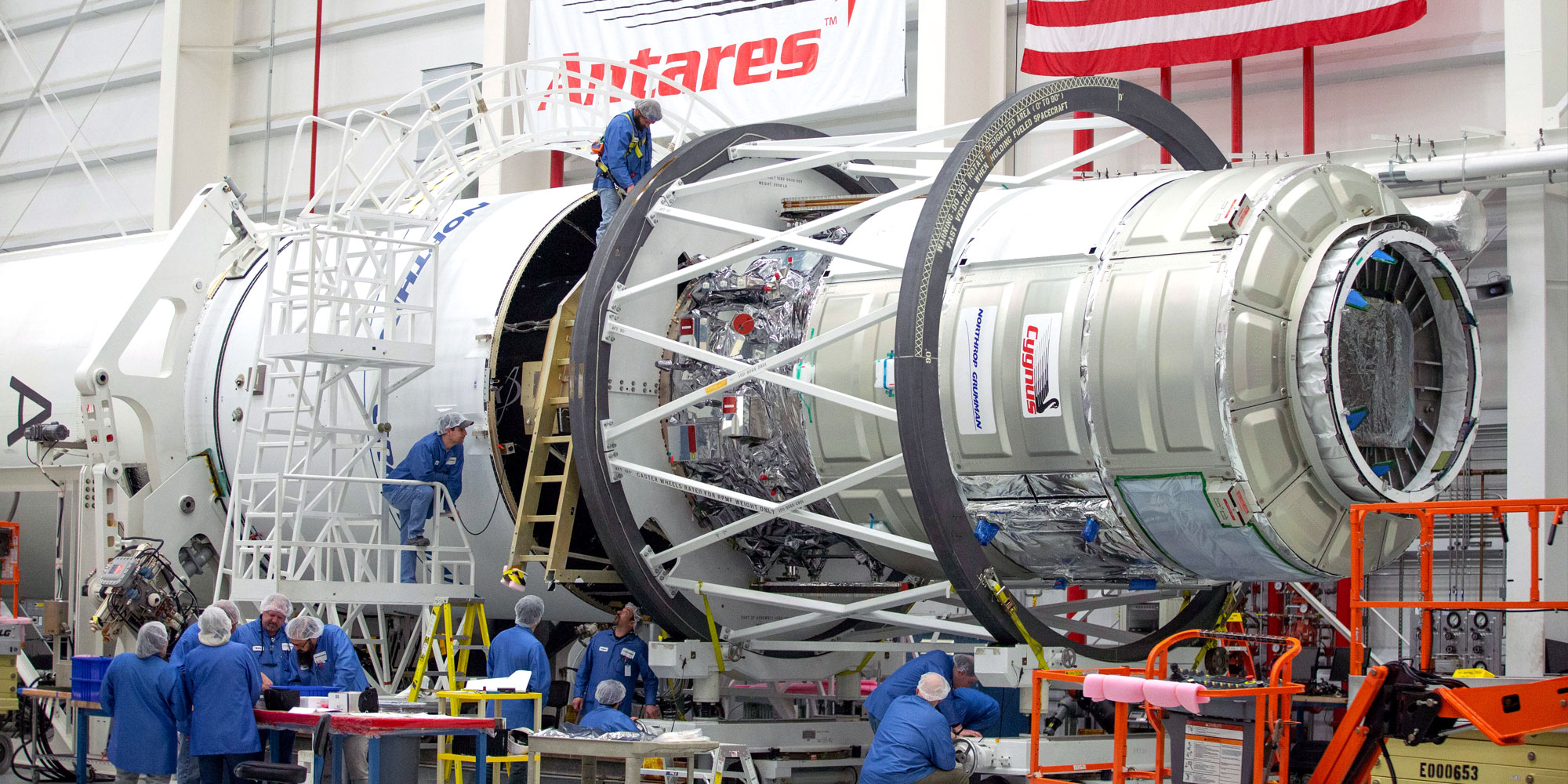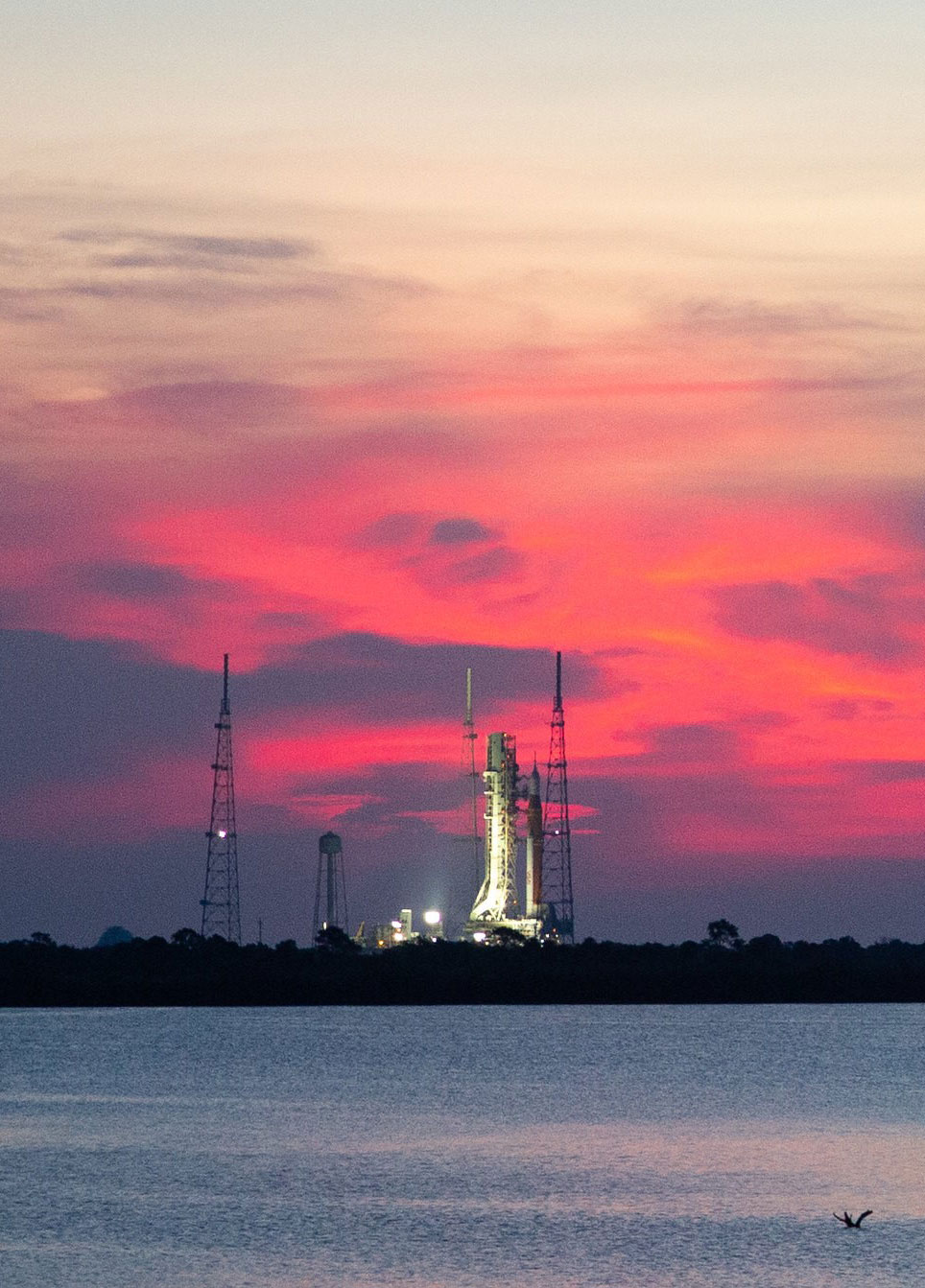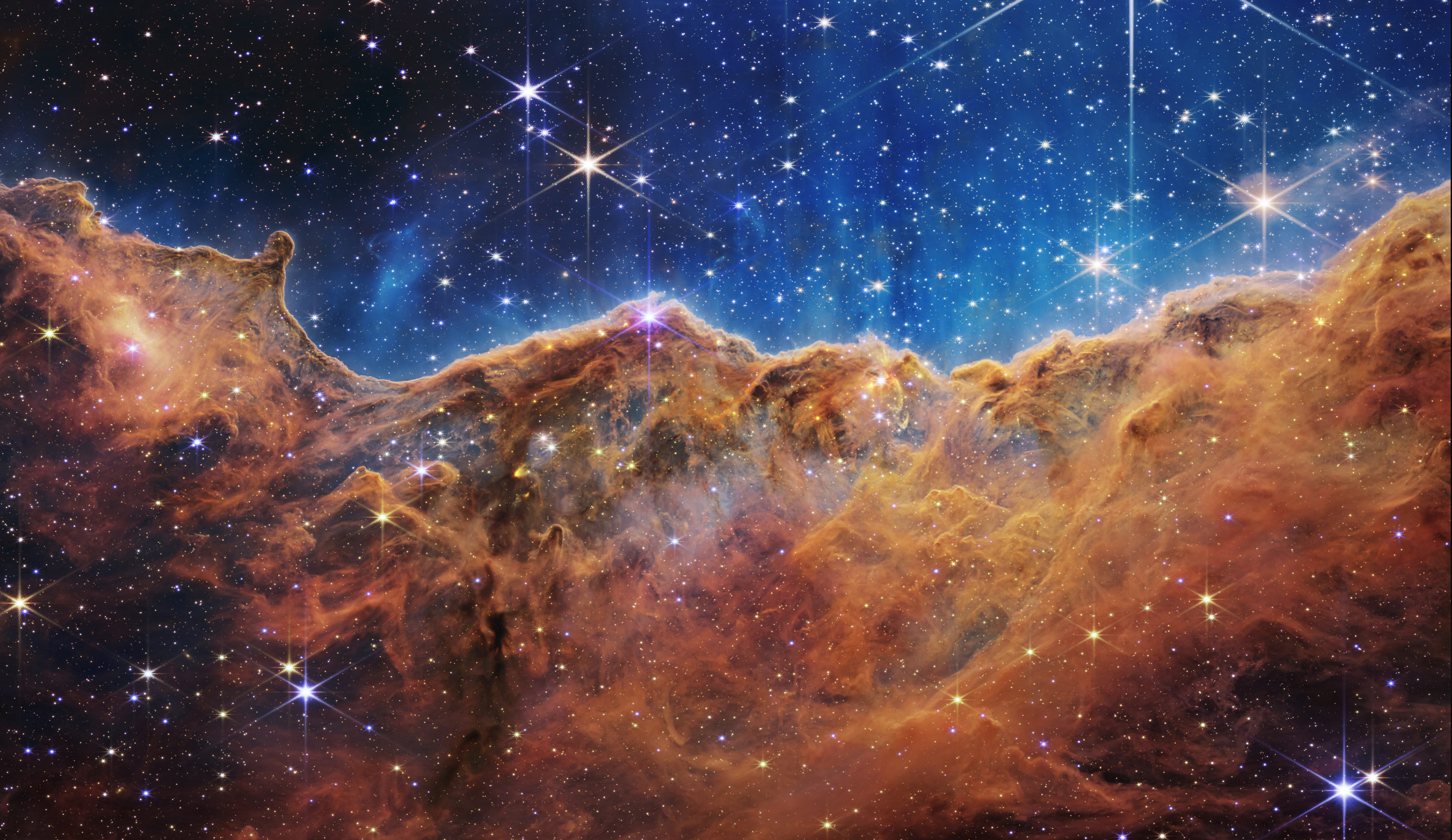Named after the twin sister of Apollo in Greek mythology, NASA’s Artemis puts the work of women at the forefront.
Special Delivery: Zip Code Space
Special Delivery: Zip Code SPACE
The Evolution of Resupplying the International Space Station
By Laura Christof Keefe
When NASA retired its Space Shuttle Program, it turned to industry partners to handle the world’s most complicated delivery service: shipments from Earth to the International Space Station (ISS).
Enter Northrop Grumman.
For the last decade, we have been one of only two companies resupplying the ISS. Our innovative logistics and human space exploration technology have sustained life, operations and scientific discovery on the station, bringing essential food, equipment, science experiments and supplies.
Our Cygnus freight spacecraft and Antares rocket were specially designed to conduct these Commercial Resupply Services (CRS) missions.
“Cygnus was not only a design challenge in terms of integration for human spaceflight, autonomously arriving at the ISS and adhering to NASA’s strict safety requirements,” said Tony Foti, deputy Cygnus program director at Northrop Grumman. “It was also new frontier for our company to serve as the designer, manufacturer, owner and operator of the spacecraft.”
Precious Cargo
September 2023 marks 10 years since our first mission supporting NASA and the crew aboard the ISS. In that time, we have successfully completed 18 missions, delivering approximately 130,000 pounds of cargo to the station.
For the astronauts living in space, the arrival of Cygnus means fresh produce, personal comforts and additional storage space. Cygnus also takes out the trash, disposing of an estimated 91,000 pounds of waste since our missions began.
“Every mission is important, but it feels different when you are building something that is so critical for the astronauts on the ISS,” said Tony.
The safe delivery of science experiments to the ISS has led to breakthroughs in disease research, water purification, drug development, food growth, 3D printing and much more.
Pioneering Capabilities
To better serve NASA’s needs, the Cygnus spacecraft and Antares rocket have evolved over the last decade.
“Antares has gone through three major configurations to increase the amount of cargo it can launch,” said Michael Bitzer, Antares mission manager. “Since the first design, Antares has doubled its mass capability. And the next version will increase the cargo capacity by an additional 25%.”
Cygnus’ design has also improved to double the amount of cargo it can carry, allow loading of cargo just 24 hours before launch and support various secondary missions. Each improvement has had a tangible impact for NASA, providing more supplies to the crew aboard the station and greater opportunities to conduct critical research.
“Our team is always looking at how we can make Cygnus better and provide more for our NASA customer,” said Tony. “We started with a cargo container about the size of an 8-foot by 9-foot room, and we are aiming to increase that to the size of a 12-foot by 12-foot room. Both Cygnus and Antares teams collaborate closely with NASA about what they need and how we can make improvements.”
In 2022, Cygnus debuted the ability to reboost the ISS. During this critical function, Cygnus fires its engine while docked to the ISS to push the station to the right altitude above Earth, as it can drift off its target over time.
What’s Next
NASA has extended the ISS until 2030 and we expect to continue our CRS missions, but once the ISS is retired and NASA turns to private companies to run future space stations, Cygnus will be ready to supply those as well. Cygnus’ flight-proven technology has also been the starting point for other human spacecraft, like the Habitat and Logistics Outpost (HALO) module we are building for NASA’s Artemis program, and Cygnus could even bring cargo into deep space.
NG-19, launching in August 2023, is the last mission of the Antares 230+ configuration, which is currently undergoing an upgrade to its first stage. The American-made first stage for our new Antares 330 rocket will significantly increase the amount of cargo we can launch.
From launch and cargo services for the ISS to supporting commercial space stations and deep space logistics to the moon and beyond, our team is committed to shaping the future of space.
Learn more about our work on Cygnus and supporting the ISS, or explore what life’s like at Northrop Grumman.



